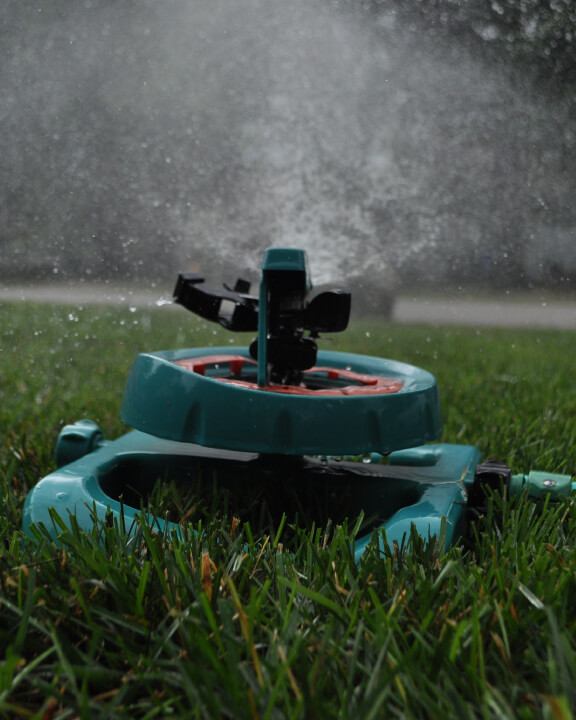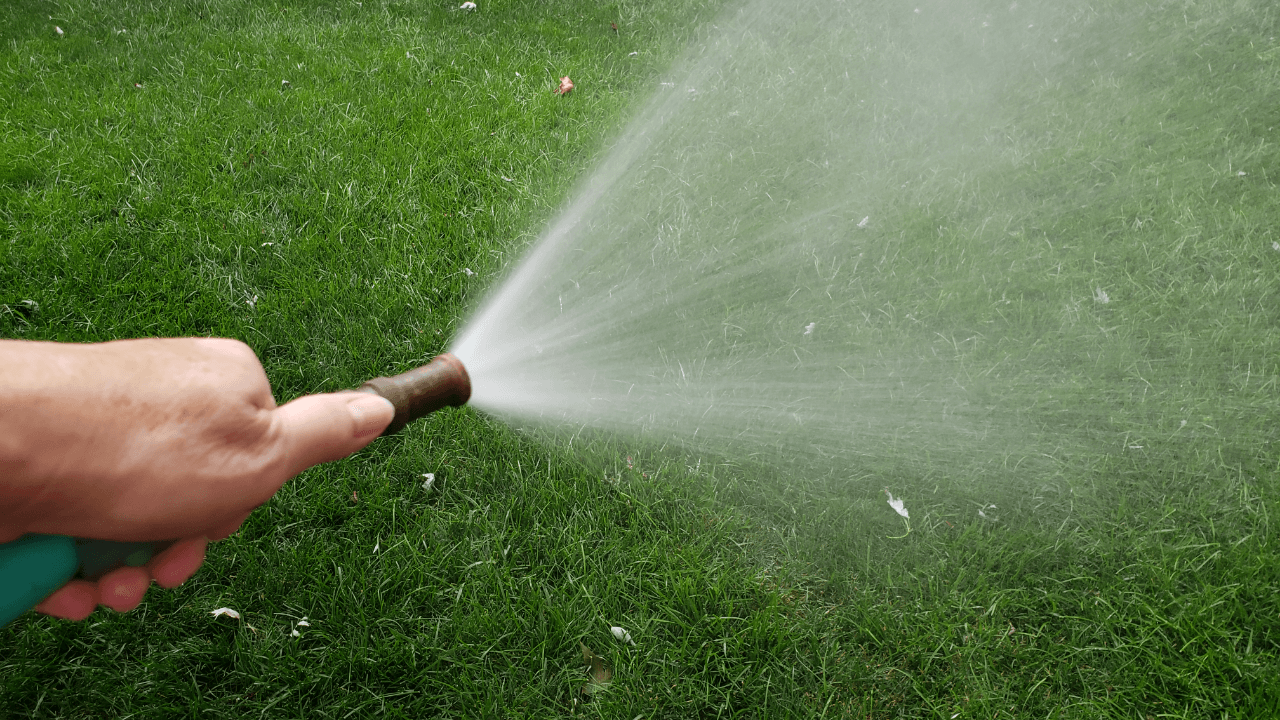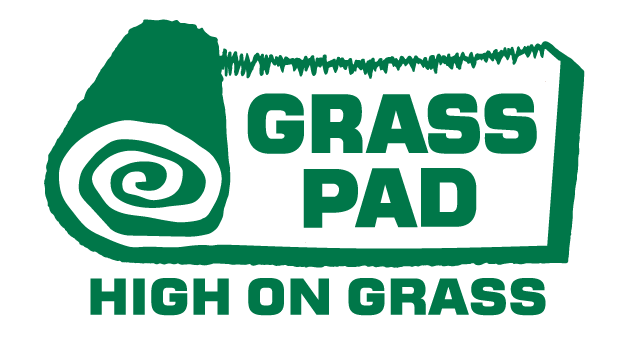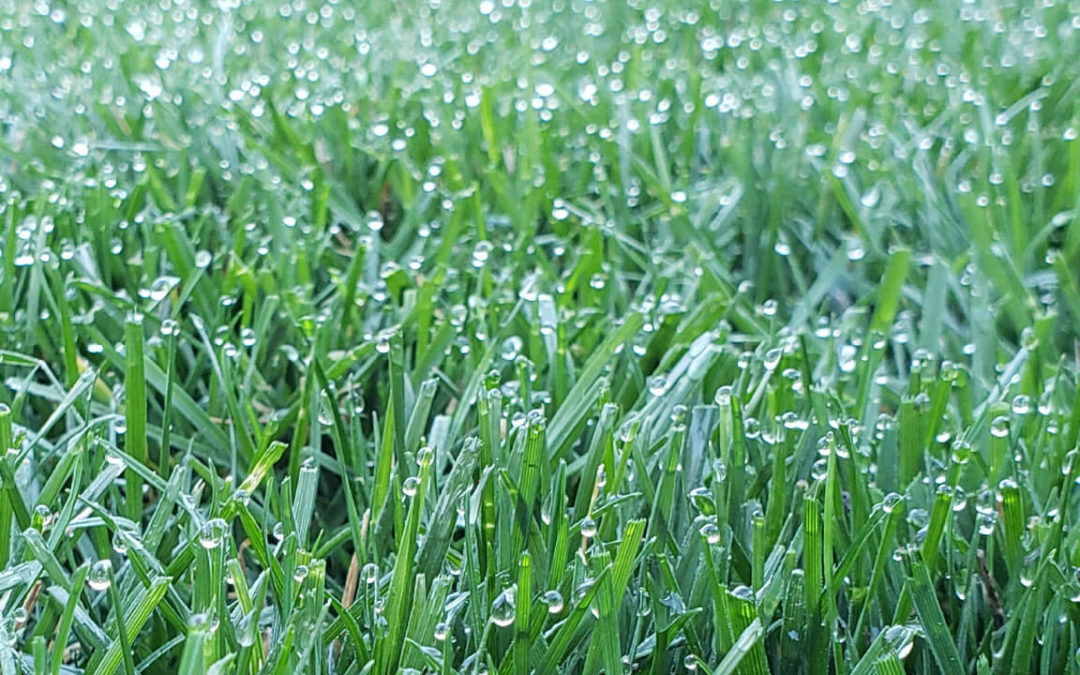Did you know that grass plants sweat?
Grass plants cool themselves by transpiring water through openings on their leaf surface. These tiny cells open and close, depending on the plant’s moisture level. In well-watered turf, heat energy from the leaves is used to evaporate water during transpiration and canopy temperature is lowered. The same thing happens when people sweat. It’s an essential cooling method; 98% of the water used by cool-season turf is used for cooling. Evaporative cooling stops when the plant loses access to water. Cooling can shut down if the soil is dry, or the roots are weakened from disease, high soil heat, soggy soil, or when evaporative demand is higher than the plant roots can provide.
What is syringing the lawn?
Syringing is the process of applying a small amount of water to the turf during the mid-day heat. If performed correctly, very little of the water penetrates the soil. The goal is to cool the grass plant during periods of intense heat stress.
Can syringing help grass survive high heat?
If you have been watering your lawn routinely and adequately, you may never need to syringe. But if your yard is in summer stress, syringing may help it to survive till cooler weather. Natural transpiration is usually sufficient to cool the turf with adequate water access. However, during extremely high temperatures, grass with visible signs of drought can rapidly overheat. In this case, syringing will help. Syringing reduces plant surface temperatures, which reduces the plant’s water requirements for natural transpiration during times of inadequate water access. In individual situations syringing the grass during days with high heat can be helpful.


How and when to syringe turf.
Consider syringing turf when air temperatures exceed 90°F. A short 5-minute cycle on your irrigation system, a sprinkler or a light mist from a hose-end spray nozzle is quite a relief to the grass plants. If you can, cool everything off late in the morning before it gets too hot, the plants will require less water from the soil. If you can do it twice, do it in the late-morning and late-afternoon.
Uncle’s Tip: If mid-day watering in extreme heat, avoid leaving standing pools of water. If you let the sprinkler run too long that puddles form, then you have a magnifying glass to heat the soil under that pool of water.


